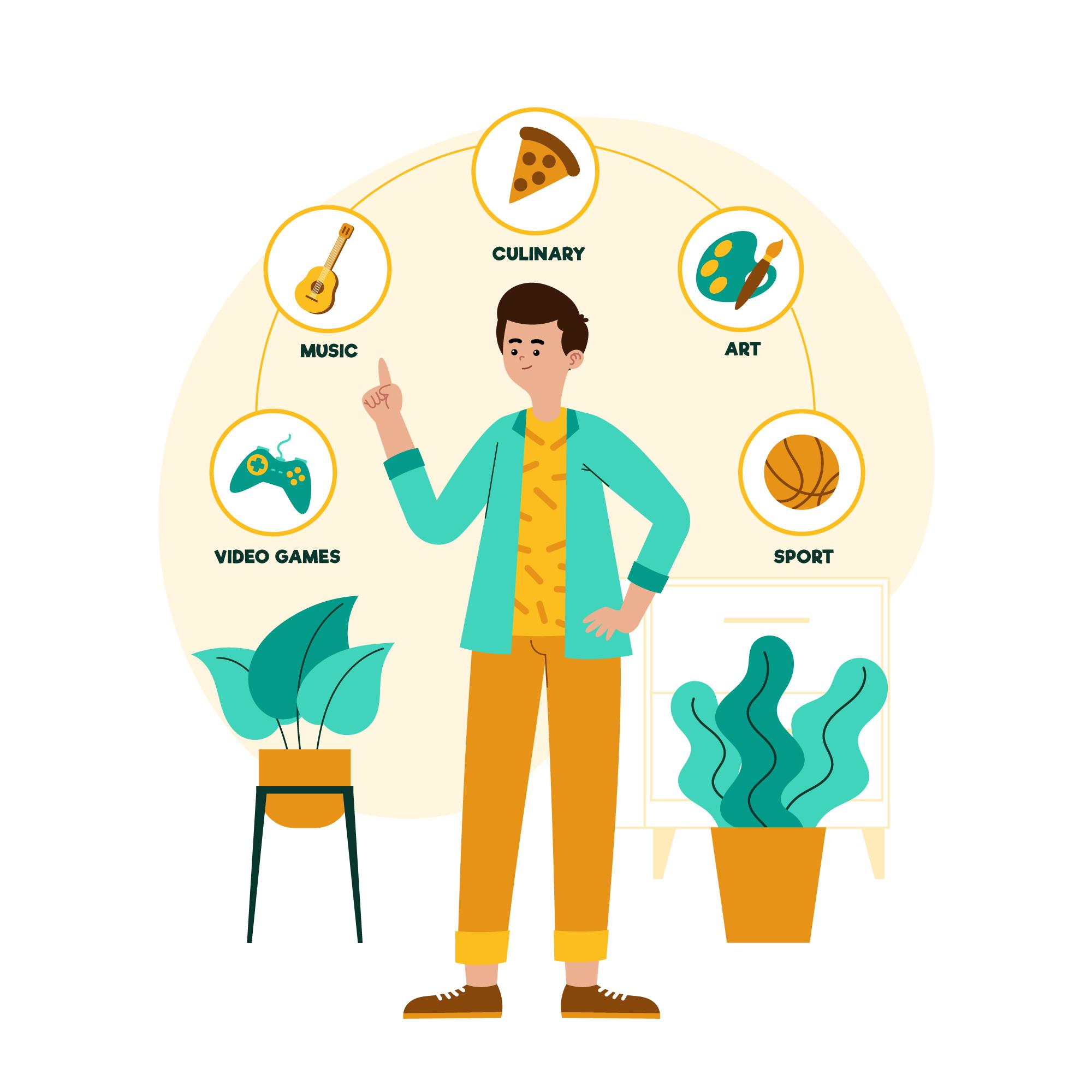Suicide is a profound human tragedy. It’s not just a mental health issue – it’s a crisis that affects families, friends and communities, often leaving behind unanswered questions, heavy hearts and profound grief. The World Health Organization estimates that more than 700,000 people die by suicide each year. That’s one person every 40 seconds. Behind all of these numbers is a story, a life, a struggle and, in many cases, silent suffering.
While no single lifestyle choice can eliminate the risk of suicide – especially for those struggling with deeper mental health issues – there are powerful habits and environments that can help reduce that risk. These choices, rooted in compassion, connection and overall well-being, can serve as protective factors. In this guide, we’ll explore how certain lifestyle changes, routines and social behaviors can significantly impact emotional resilience and mental health.
Let’s take a deeper look at them.
- Foster strong social connections
Humans are wired for connection. Loneliness, isolation and feelings of not being understood or supported are among the biggest risk factors for suicidal ideation.
Why it matters:
When people feel isolated or rejected, their self-esteem can be low. On the other hand, feeling loved, valued and part of a community builds emotional armor.
Lifestyle choices to build connection:
Stay in touch with loved ones. Even if you’re busy, a weekly call, message or coffee date can make a difference.
Join community groups or clubs. Whether it’s a book club, yoga class or volunteer effort – shared interests create opportunities to bond.
Talk openly about feelings. Vulnerability fosters trust. When you open up, others often follow.
“The opposite of addiction is not abstinence, but connection.” – Johann Hari
The same idea applies to mental health in general – connection is the medicine.
- Prioritize physical health
Mental health and physical health are deeply intertwined. When we neglect our bodies, our minds suffer too.
Exercise: More than just fitness
Regular physical activity releases endorphins – feel-good hormones that can improve mood and reduce symptoms of depression and anxiety.
Lifestyle choices to promote physical health:
Exercise regularly. This doesn’t have to be the same as a full-blown workout. A 30-minute walk, dancing to music or cycling can be enough.
Eat nutritious foods. A diet rich in fruits, vegetables, whole grains, lean proteins and omega-3s has been linked to better mental health.
Get enough sleep. Chronic sleep deprivation impairs emotional regulation and increases the risk of suicide. Aim for 7-9 hours of sleep per night.
Limit alcohol and avoid drugs. These substances can worsen depression and impair decision-making ability, increasing the risk of suicide.
- Seek mental health help without shame
This is a big deal. For decades, stigma about mental illness has forced people to stay silent. But the truth is that mental health struggles are nothing to be ashamed of.
Why professional help matters:
Depression, anxiety, PTSD and bipolar disorder are medical conditions — not character flaws. They require care just like diabetes or heart disease.
Lifestyle choices for mental health:
Seek therapy. Talking to a therapist can provide tools to cope, change thought patterns and find relief.
Use medication if needed. Some mental health conditions respond well to antidepressants or other psychiatric medications.
Educate yourself and others. Understanding mental illness reduces stigma and encourages early intervention.
It’s okay to say, “I’m not okay.” Seeking help is brave.
- Creating a purposeful life
Feeling like life has no meaning is a heavy burden. However, a strong sense of purpose can anchor someone even in difficult times.
Why purpose is protective:
When we feel needed, when we have goals or something to look forward to, we are more likely to weather emotional storms.
Lifestyle choices to nurture purpose:
Volunteer or help others. Helping others often gives us perspective and satisfaction.
Pursue a hobby. Whether it’s painting, gardening, writing or playing an instrument – creative activities bring joy and self-expression.
Set small goals. Accomplishing things – even small tasks – builds self-esteem and momentum.
- Practice mindfulness and emotional awareness
Our thoughts can be our greatest allies – or our harshest enemies. Mindfulness helps us pay attention to our thoughts, without being controlled by them.
Benefits of mindfulness:
It teaches emotional regulation, reduces stress, and increases self-compassion — all key factors in suicide prevention.
Lifestyle habits to stay grounded:
Practice meditation. Try mindfulness for five minutes a day.Writing can also calm a racing mind.
Journal your feelings. Writing provides emotional release and insight.
Learn emotional vocabulary. Being able to say “I feel ashamed” or “I feel overwhelmed” gives the power to process the emotion.
“You can’t fix what you don’t feel.” – Oprah Winfrey
- Create routines that encourage stability
During emotional turmoil, life can feel chaotic. A daily routine provides a sense of predictability and control.
How routines help:
They reduce decision fatigue, boost productivity, and support us during stressful times.
Habits to add:
Start the day with intention. A morning routine — even just brushing your teeth and getting dressed — can set the mood.
Keep a regular sleep schedule. Go to sleep and wake up at the same time every day.
Plan fun activities. Having something to look forward to, even a small gift, helps improve mood.
- Limit digital overload and negative influences
We live in an age of endless information, comparison and digital pressure. Social media, while being a tool for connection, can also increase anxiety, depression and hopelessness.
Digital dilemma:
Constant exposure to curated lives, doomscrolling or online bullying can affect mental health.
Healthy digital habits:
Take breaks from social media regularly.
Follow encouraging content and unfollow toxic accounts.
Don’t compare your behind-the-scenes stuff to someone else’s highlight reel.
- Cultivate gratitude and positive thinking
It might sound overly simple – but there’s powerful science behind gratitude. Focusing on what’s good doesn’t ignore pain; it helps redefine it.
How gratitude helps:
It shifts focus from lack to abundance, from despair to possibility.
Consider a gratitude exercise:
Keep a gratitude journal. Write down 3 things you are grateful for every day.
Express appreciation out loud. Tell someone you value when you do something — it gives you both a boost.
Practice reframing. Instead of “I failed,” try “I learned something important.”
- Creating a safety plan and knowing the warning signs
For people struggling with suicidal thoughts, having a clear, actionable plan in moments of crisis can be lifesaving.
A personal safety plan can include:
Recognizing the warning signs. Such as mood swings, withdrawal, or feeling like a burden.
Making a list of coping strategies. Breathing exercises, distraction techniques, calling a friend.
Writing down reasons to live. Family, goals, dreams, pets – whatever keeps you grounded.
Knowing who to call. Include a therapist, hotline or trusted friends.
Suicide prevention hotlines:
USA: 988 Suicide and Crisis Lifeline – Dial 988
UK: Samaritans – Call 116 123
Canada: Talk Suicide Canada – 1-833-456-4566
- Create an environment that supports healing
Where we live, work and spend our time matters. Toxic environments can destroy self-esteem and well-being.
Choose lifestyles that support healing:
Limit exposure to negativity. Whether it’s the media, people or toxic workplaces.
Surround yourself with uplifting influences. Choose relationships that feel safe and supportive.
Make your home a sanctuary. Clean, decorate, or organize in ways that bring comfort and peace.
- Break the silence, end the stigma
We can all be part of the solution — whether we’re struggling ourselves or supporting someone else.
How to be a mental health ally:
Ask real questions. “How are you really doing?”
Listen without judgment. Sometimes people just need to be heard.
Encourage professional help. Offer to help find a therapist or go with them if they’re nervous.
It’s okay to talk about suicide. It’s okay to ask someone if they’re thinking about it. Research shows that asking doesn’t increase the risk — it opens the door to help.
Final thoughts: Hope is real. Help is real.
Suicide is preventable. Behind every statistic is a person who could have been helped, who could have been saved through connection, understanding, or access to care.
Lifestyle choices aren’t the solution to every problem. But they matter – more than we often realize. They are the daily steps that build emotional resilience, help us cope with stress and create a life that feels worth living.
And if you’re reading this and struggling – please know: your story is not over. You are needed. You are not alone. There is help, and there is hope.



